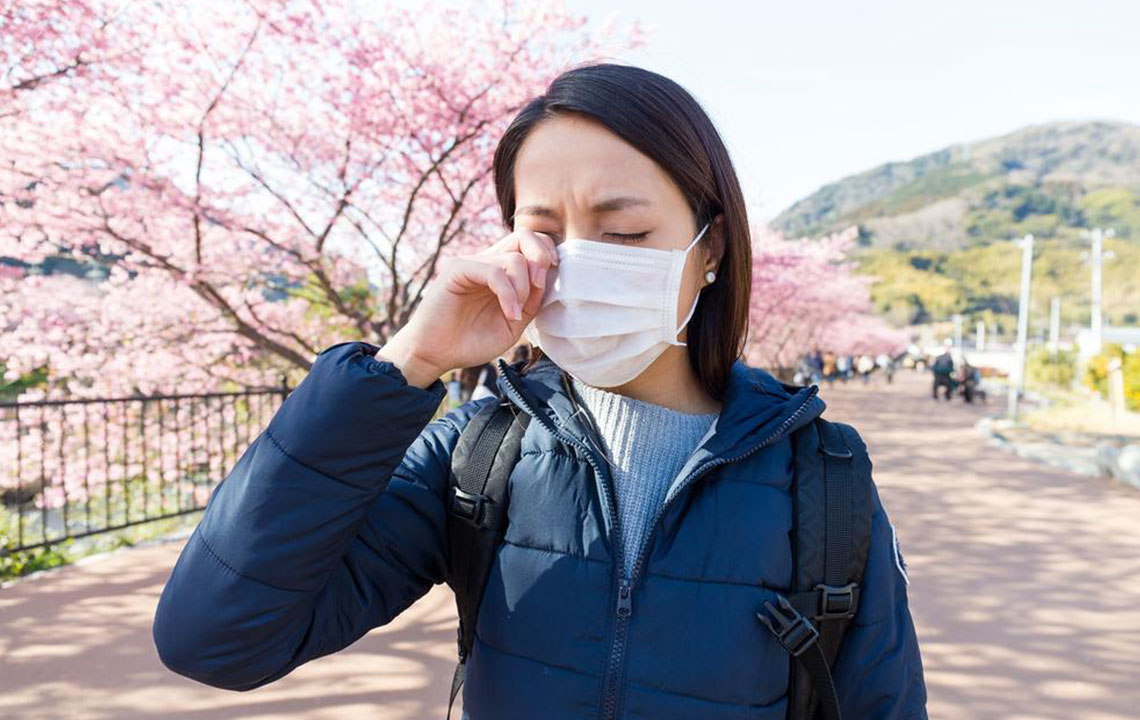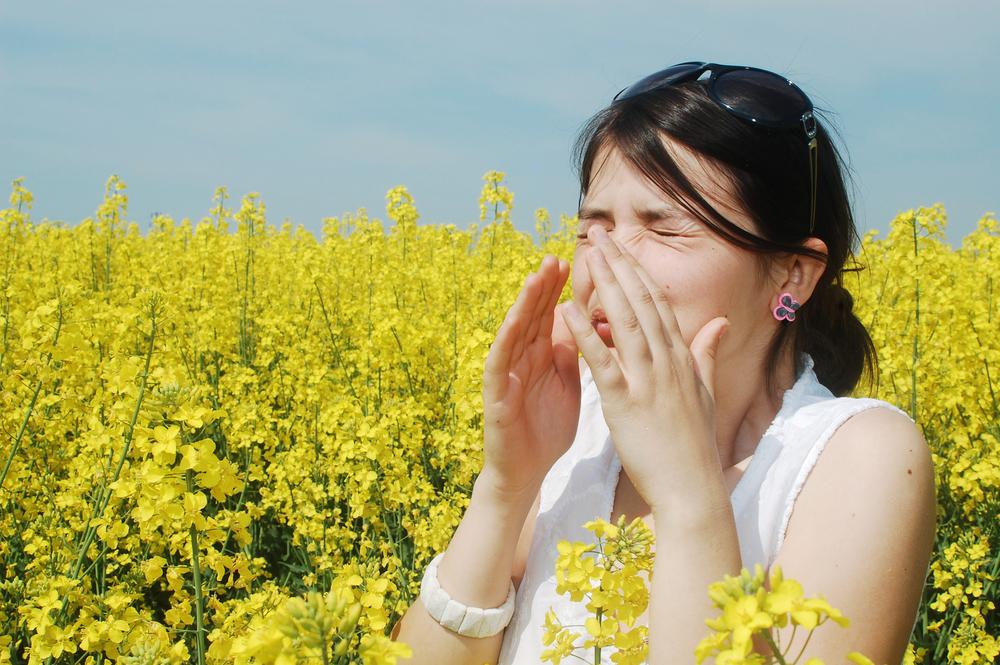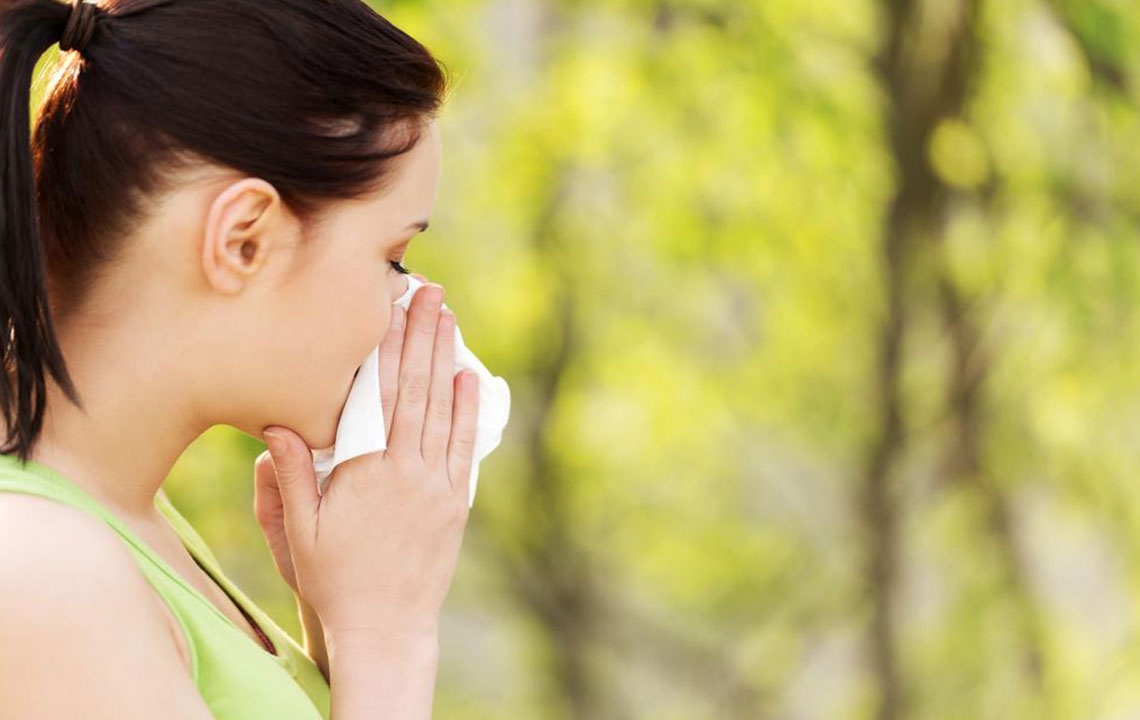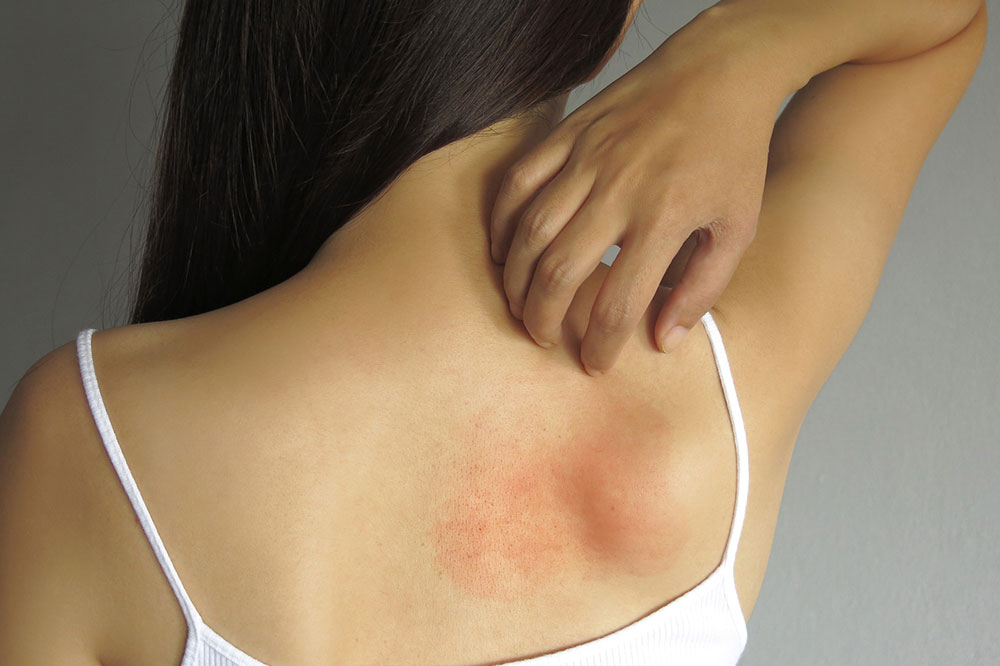In-Depth Guide to Pollen Allergies: Causes, Symptoms, and Effective Relief Strategies
This comprehensive guide explores pollen allergies, their symptoms, triggers, diagnosis, and effective management and treatment strategies. Learn how to recognize signs, identify specific pollen sources, and incorporate lifestyle changes and medical options to alleviate symptoms and improve quality of life amid seasonal pollen fluctuations.

Comprehensive Understanding of Pollen Allergies and Ways to Alleviate Symptoms
Pollen, a fine-grained powder produced by numerous plants including flowers, trees, grasses, and weeds, plays a vital role in the reproductive cycle of flora. While it is beneficial for plants, for many individuals, especially those with sensitivities, pollen becomes a triggering agent that sets off allergic reactions. This article delves deeply into the nature of pollen allergies, how to recognize the symptoms, identify specific triggers, and explore effective management and treatment strategies to improve quality of life.
Within the plant kingdom, pollen serves as a transportation medium for plant reproduction, ensuring genetic diversity and proliferation. Plants such as oak, birch, cedar, various grasses, and weeds like ragweed and sagebrush are major sources of airborne pollen. During specific seasons—spring, summer, and early fall—pollen levels rise, leading to increased allergy cases among sensitive individuals.
Recognizing Pollen Allergy Symptoms
Living with pollen sensitivities often involves experiencing a range of symptoms which can vary in intensity. Common signs include persistent nasal congestion, uncontrollable sneezing, itching and watery eyes, sinus pressure, cough, sore throat, mild hearing issues, an increase in asthma attacks, and noticeable dark circles beneath the eyes, often called allergy shiners. These symptoms can significantly impact daily activities, sleep, and overall well-being, making it critical to identify and manage pollen allergies effectively.
How to Identify Your Specific Pollen Allergies
Understanding which specific pollen triggers your allergic reactions is crucial for effective management. Different plants release pollen at different times and levels, affecting individuals based on geographic location and climate. Common pollen-producing plants include oak, birch, cedar trees, various grasses like Kentucky bluegrass or Timothy grass, and weeds such as ragweed, sagebrush, and pigweed. Among these, grasses are often the most prevalent culprits for allergy sufferers.
To precisely identify your allergic triggers, it is advisable to consult with an allergy specialist who can perform targeted tests. Knowing your specific sensitivities allows you to plan your activities, utilize appropriate medications, and implement protective measures during peak pollen season to minimize exposure and symptom severity.
Effective Diagnosis of Pollen Allergies
Diagnosing pollen allergies involves a series of tests to confirm sensitivity and guide treatment strategies, mainly through skin and blood tests:
Skin Prick Test (SPT): In this procedure, tiny amounts of different allergens are introduced into the skin, usually on the forearm or back. If you are allergic, small raised, red, and itchy bumps (wheals) will develop within 15-20 minutes, indicating a positive response.
IgE Blood Test: A blood sample is analyzed for the presence of allergen-specific Immunoglobulin E (IgE) antibodies. This test is particularly useful for individuals who cannot undergo skin testing due to skin conditions or medications that interfere with skin responses.
Strategies for Managing and Treating Pollen Allergies
Proper management of pollen allergies often combines lifestyle modifications, medication, and in some cases, immunotherapy:
Avoidance Measures: During high pollen seasons, staying indoors as much as possible is crucial. Keep windows and doors closed, use air conditioning with clean filters, and monitor local pollen count reports. Wearing masks outdoors can help reduce inhalation of pollen particles, especially during outdoor activities.
Medications: Over-the-counter antihistamines, decongestants, nasal sprays, and eye drops can significantly relieve symptoms. For persistent or severe cases, your healthcare provider might prescribe corticosteroids or other targeted therapies.
Allergy Immunotherapy: For long-term relief, allergy shots or sublingual tablets can gradually desensitize your immune system to specific pollen allergens. This form of treatment often takes several months to years but can dramatically decrease symptom severity and improve quality of life.
Home Remedies and Lifestyle Tips for Allergy Relief
HEPA Filters: Using high-efficiency particulate air (HEPA) filters in your home’s ventilation system, air purifiers, and vacuum cleaners helps trap pollen and other airborne allergens, reducing indoor pollution levels.
Herbal Supplements: Natural herbs like butterbur, Spirulina, or quercetin may provide additional relief from allergic symptoms. Always consult a healthcare professional before starting any herbal regimen.
Immune Boosting Nutrients: Incorporating probiotics into your diet and consuming 2,000 mg of Vitamin C daily can help strengthen your immune system and reduce allergy severity.
Essential Oils: Diffusing essential oils such as peppermint and eucalyptus can aid respiratory comfort, improve airflow, and reduce nasal congestion.
Bromelain: An enzyme extracted from pineapples, Bromelain, may assist in reducing sinus inflammation and improving breathing.
Post-Outdoor Activity Hygiene: Changing clothes and showering after outdoor exposure helps eliminate pollen residues from skin and hair, preventing transfer indoors and reducing allergic reactions.
If symptoms persist or worsen despite these measures, it is vital to seek medical attention. Always consult your healthcare provider before trying new supplements or herbal remedies to prevent adverse interactions and ensure safe, effective treatment.





